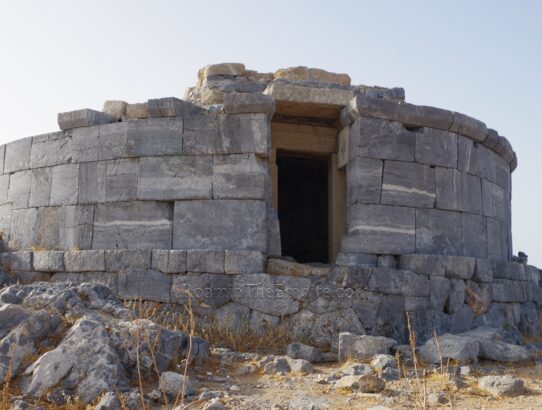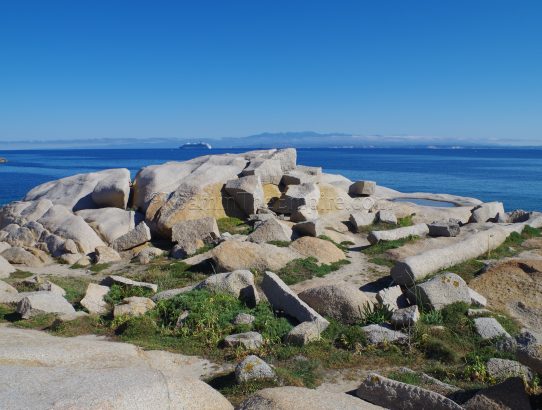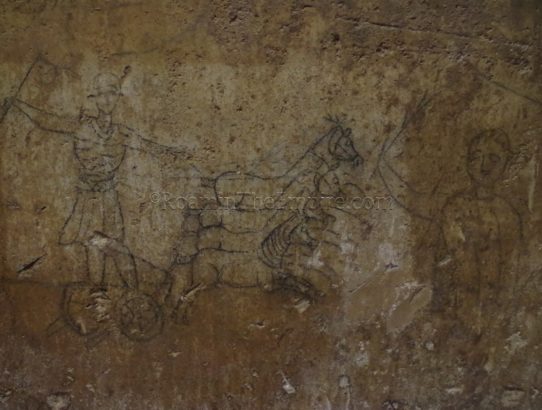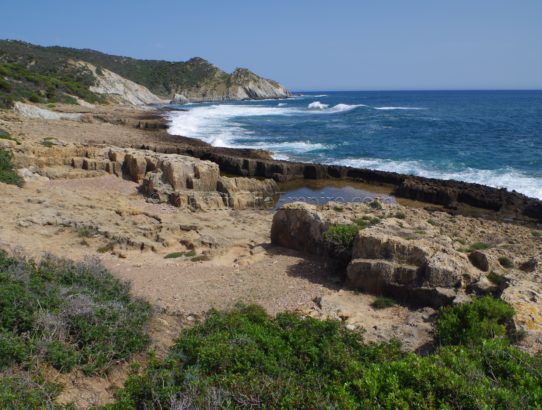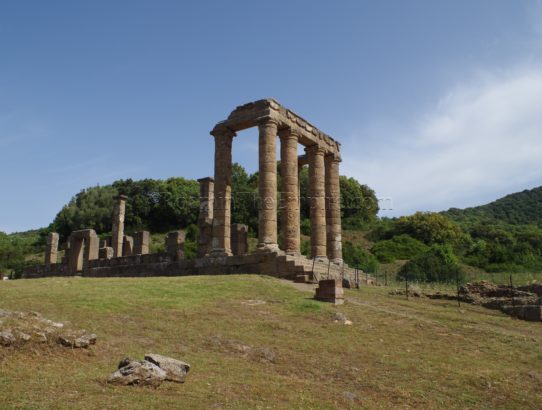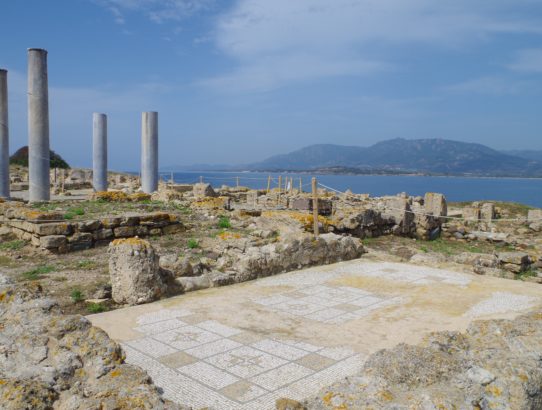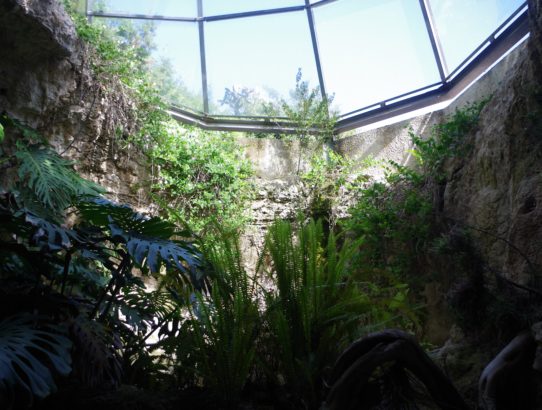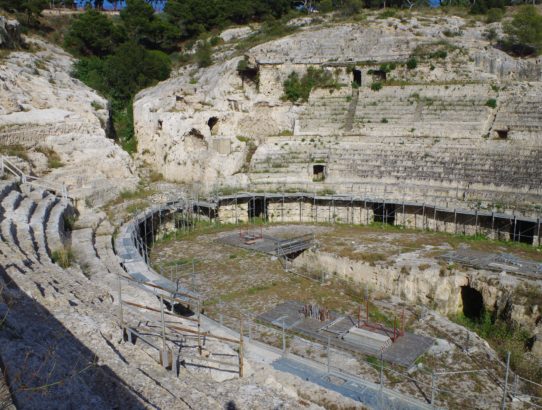Lindus, Asiana – Part II
Continued From Lindus, Asiana – Part I The final, monumental staircase, originally constructed in the first half of the 3rd century BCE, led up through a monumental propylaia. Unfortunately, not much of the propylaia survives, really just markings on the pavement that show the original foundations of it. The staircase too is mostly reconstructed. The…
Read More


